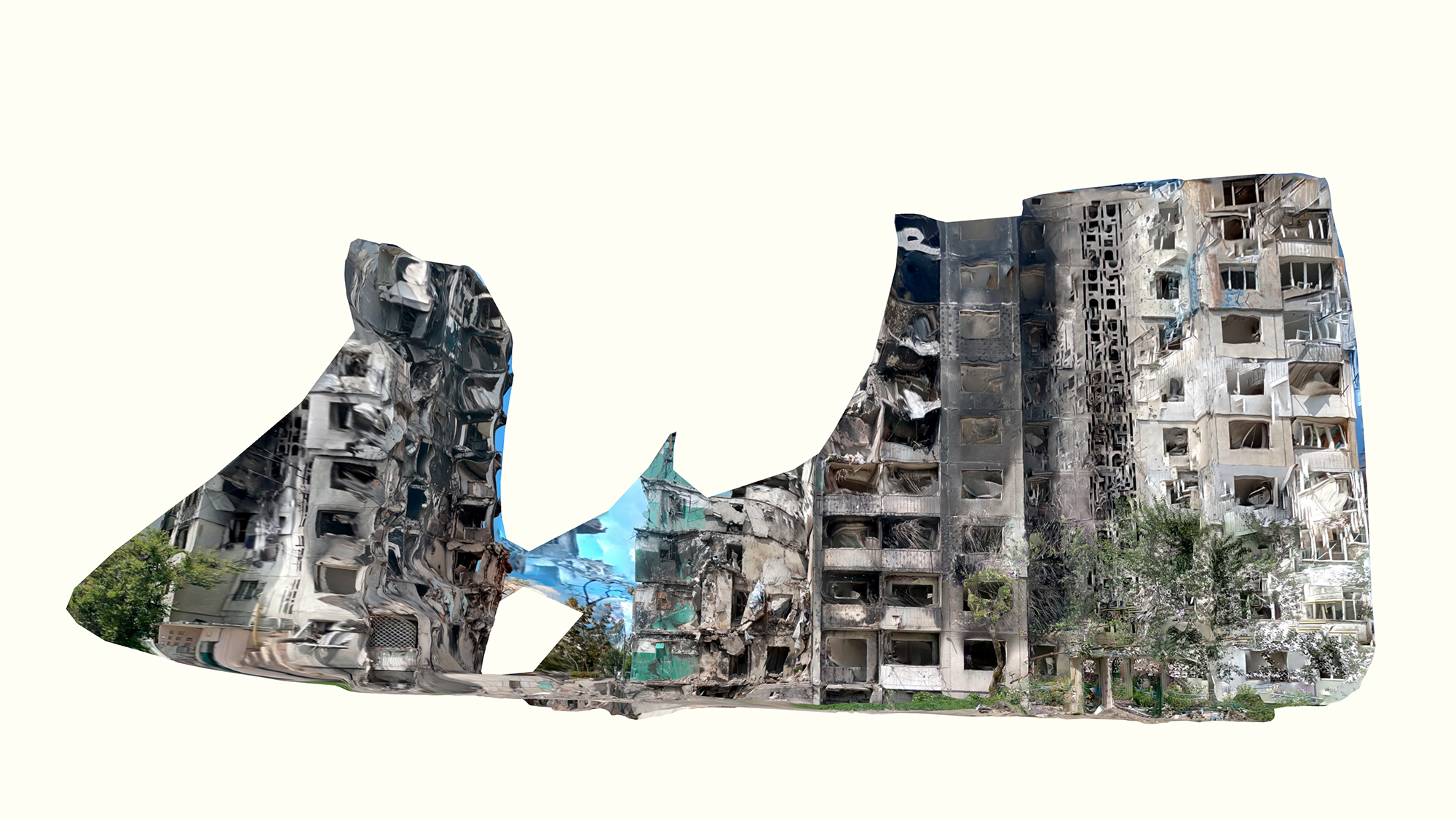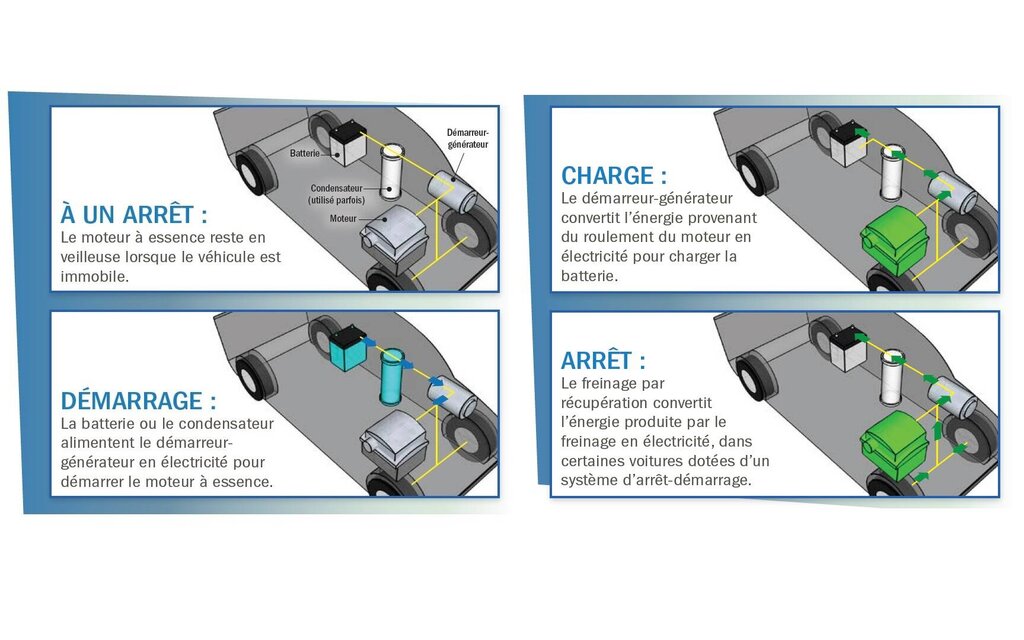Ukrainians are using 3D technology to preserve hundreds of cultural artifacts in a digital archive, far away from Russia’s attacks

A blown-up Russian tank in the vicinity of Kyiv, a monument for Ukrainian writer Borys Hrinchenko, an condominium making wrecked by artillery and a slide in a children’s playground lined in graffiti.
The task, launched in April soon after Russia invaded Ukraine, aims to digitally protect the country’s cultural heritage — significantly from the get to of Russian attacks. The scans are so high-quality, the project’s creators say, that they can be projected in a bodily house to examine for educational reasons and can also be made use of to reconstruct destroyed cultural artifacts.
Backup Ukraine is the brainchild of VICE’s resourceful company, Virtue Around the globe, which partnered with Blue Protect Denmark, a group that aids to shield worldwide cultural heritage web-sites, and the Danish UNESCO Countrywide Fee.
“What we required to combat versus was the willful destruction of Ukrainian heritage as an act of terror, of countrywide intimidation. That has been demonstrated quite, very real,” stated Tao Thomsen, resourceful director at Virtue Globally and co-creator of Backup Ukraine.
With Backup Ukraine, for the very first time in historical past a country’s artifacts are getting documented in augmented actuality all through an ongoing war, a precedent that has sparked conversations about how this technological innovation can be utilized in other nations dealing with conflict or war. The workforce is also checking out the probability of developing 3D versions of destroyed church buildings and properties that have not been scanned, working with electronic footage from the past.
“We’ve created a precedent below in phrases of shielding cultural artifacts and a design, a program that men and women can use heading forward as conflict develops,” mentioned Iain Thomas, group innovative director at Virtue All over the world and co-creator of the venture.
“Just one of the much more remarkable matters is that folks are scanning monuments, statues and sculptures, but they are also scanning small elements of their lives — factors they individual, worth and cherish,” Thomas explained.
Backup Ukraine grows into motion
The Backup Ukraine staff is onboarding regional project managers to “gradually hand over ownership to the Ukrainians them selves,” and 150 people today have joined as volunteers, scanning up to 10 parts of culturally relevant heritage each and every day, Thomsen mentioned. Since its start, above 6,000 individuals in Ukraine have downloaded the Polycam application to access the digital archive.
Max Kamynin, a Kyiv resident and architect, suggests he volunteered for the initiative roughly a thirty day period ago and allocates a few to four days for each 7 days to make scans, in the course of which he aims to develop 15 to 20 higher-quality scans. Ahead of each and every working day of scanning, Kamynin makes a checklist of monuments, historic structures or objects wrecked by Russian forces and follows the route, he states.
“Now, a lot of huge monuments are protected with luggage, so I can’t scan them. But it will not definitely hassle me for the reason that Ukraine is extremely abundant in record and you can constantly find one thing attention-grabbing to scan,” he explained.
It took Kamynin approximately an hour to scan the Church of the Assumption of the Virgin Pirogoshcha, an Orthodox cathedral in Kyiv, initially built in 1132. It was the first setting up in Kyiv that was crafted completely of brick with no the use of stone, in accordance to the church’s web page. The church was wrecked in 1935 through the Soviet period but was afterwards reconstructed in the late 1900s.

Kamynin created a 3D scan of the Church of the Assumption of the Virgin Pirogoshcha, an Orthodox cathedral in Kyiv, at first built in 1132. Credit: Courtesy Maxim Kamynin
“Big structures are extra challenging to make scans than sculptures or monuments,” Kamynin said. “You need to go around the total developing, and if doable, use a drone to make the scan far better.”
Backup Ukraine’s creators say it has transformed into a movement, as Ukrainian civilians progressively realize the significance of preserving the historical past, artwork and society of their place and look to its long term.
“We recommend people not to scan in regions where there is rapid conflict,” Thomsen reported. “There is a slip-up possibility every time you go out in a nation that is quite a lot at war. We can’t overlook that. And still, individuals nevertheless go out by the dozens each individual day to scan. That to me proves that the countrywide pleasure of this is a actually potent driving variable.”
Hundreds of cultural heritage internet sites destroyed
Given that the onset of the war, Ukraine’s cultural sector has rushed to safeguard churches, museums, statues and art as they go on to put up with destruction.

Kamynin developed a 3D scan of a single of the ruined buildings in Borodyanka, Ukraine, by utilizing the Polycam application. Credit score: Courtesy Maxim Kamynin

A person of the destroyed buildings in Borodyanka that was scanned in 3D. Credit history: Courtesy Maxim Kamynin
The leaders of Backup Ukraine are in normal speak to with the Heritage Crisis Rescue Initiative — a Ukrainian drive under the Ministry of Culture — and are coordinating with pros in the 3D scanning business, in Ukraine and globally, to scan at a a lot quicker rate and much larger scale.
The project’s partners are also in discussions with the regional departments of the Ministry of Lifestyle about scanning significant-profile heritage places on UNESCO’s Entire world Heritage Sites record, exclusively the historic center in Lviv and the Saint Sophia Cathedral in Kyiv, in accordance to Thomsen.
The 3D scanning of Ukraine’s cultural heritage is a “great educational instrument,” reported Yuri Shevchuk, a professor of the Ukrainian language at Columbia College.
“What is staying done now is almost like producing Ukrainian heritage undeletable, resistant to time,” stated Shevchuk, a Ukraine native. “You can use this as education and learning for students but also for Ukrainians themselves and the entire world. The project also causes us, as Ukrainians, to rethink and rediscover what has been mainly unnoticed.”
Shevchuk says initiatives like Backup Ukraine serve a bigger purpose in battling towards Russian aggression and propaganda that does not recognize Ukraine’s special cultural identity and territorial sovereignty.
“Ukraine, its id and its realization merely do not exist [to Russia], but that they are a variety of Russian civilization,” Shevchuk said. “These characteristics of Ukrainian identification like tradition, language, literature, songs and architecture are definitely some thing that mark Ukrainians as first, inimitable and various from any other nation.”
They need to be preserved, he states.




